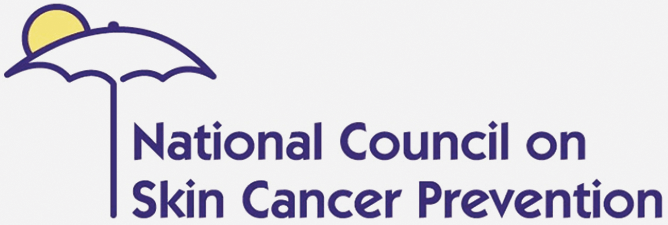Tanning
Indoor tanning (tanning bed, booth, or sunlamp) can cause: 1
- Skin cancer (including melanoma, the deadliest type)
- Cataracts
- Cancers of the eye (ocular melanoma)
- Premature aging, wrinkles, and age spots
- Changes in skin texture
Those who begin indoor tanning in adolescence or early adulthood have a higher risk of getting melanoma.
Indoor tanning is not a safe way to get Vitamin D. 1
- Diet is much safer!
Indoor tanning use in minors (younger than 18): 1
- CDC research shows that states with indoor tanning laws that include age restrictions had lower rates of indoor tanning among minors.
- In the United States, numerous states have banned indoor tanning in minors (younger than 18 years old).
- The full list can be found here: https://www.aimatmelanoma.org/global-advocacy-and-engagement/melanoma-legislation/tanning-legislation-in-2016/
- The U.S. Food and Drug Administration (FDA) has proposed a rule restrict indoor tanning use by minors.
Indoor tanning use on college campuses:
- According to the 2010 National Health Interview Survey, approximately 1 in 3 non-Hispanic white women between 18-21 and 22-25 years reported using indoor tanning. 1
- 48% of the top 125 colleges have indoor tanning facilities either on campus or in off-campus housing.2
- 14% of colleges allow campus cash cards to be used to pay for tanning. 1
- Because adolescents are more likely to tan if they live in close proximity (within 2 miles) of an indoor tanning salon, on-campus tanning facilities pose a major threat to the health of the young adults in our nation.3,4,5
2. Wehner MR, Chren M, Nameth D, et al. International prevalence of indoor tanning: a systematic review and meta-analysis. JAMA Dermatol. 2014;150(4):390-400
3. Hoerster KD, Mayer JA, Woodruff SI, Malcarne V, Roesch SC, Clapp E. The influence of parents and peers on adolescent indoor tanning behavior: findings from a multi-city sample. J Am Acad Dermatol. Dec 2007;57(6):990-997.
4. Mayer JA, Woodruff SI, Slymen DJ, et al. Adolescents’ use of indoor tanning: a large-scale evaluation of psychosocial, environmental, and policy-level correlates. American journal of public health. May 2011;101(5):930-938.
5. Pagoto SL, Lemon SC, Oleski JL, et al. Availability of Tanning Beds on US College Campuses. JAMA dermatology. Oct 29 2014.
